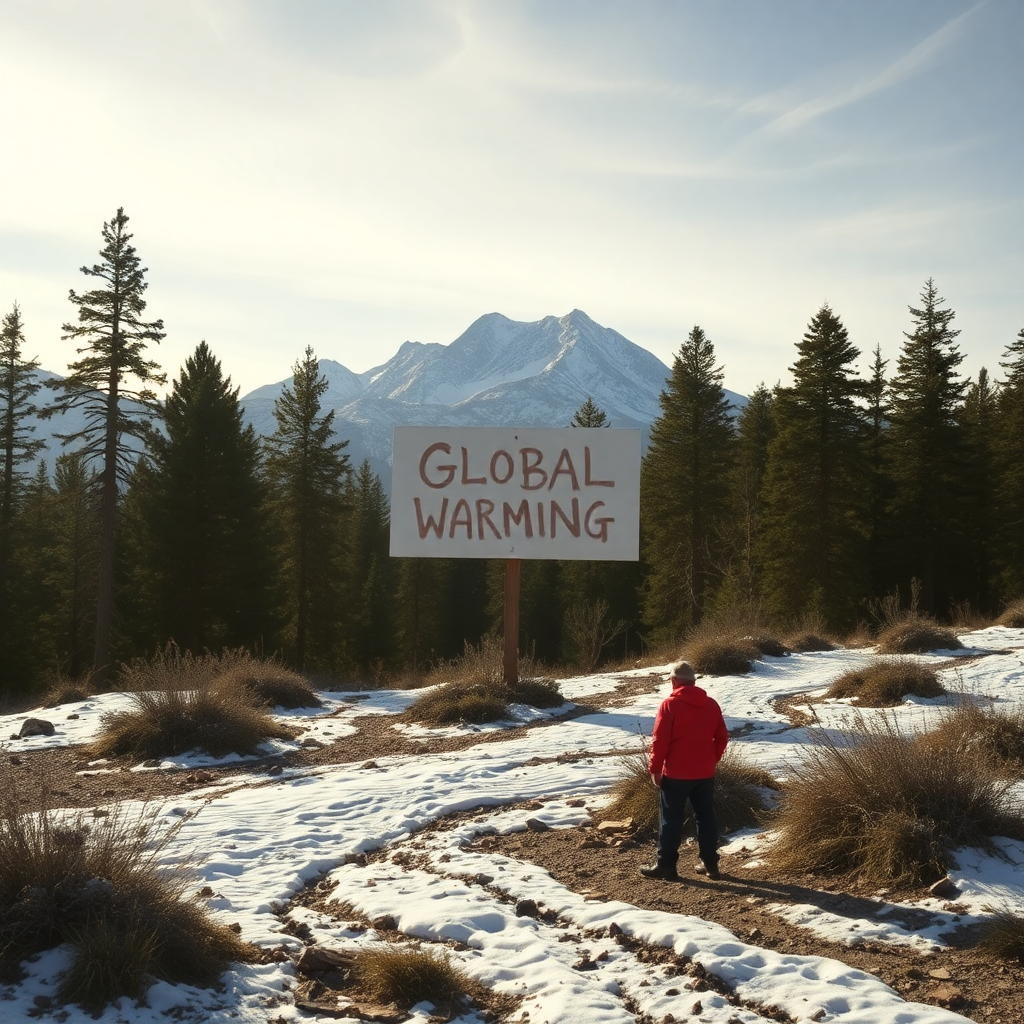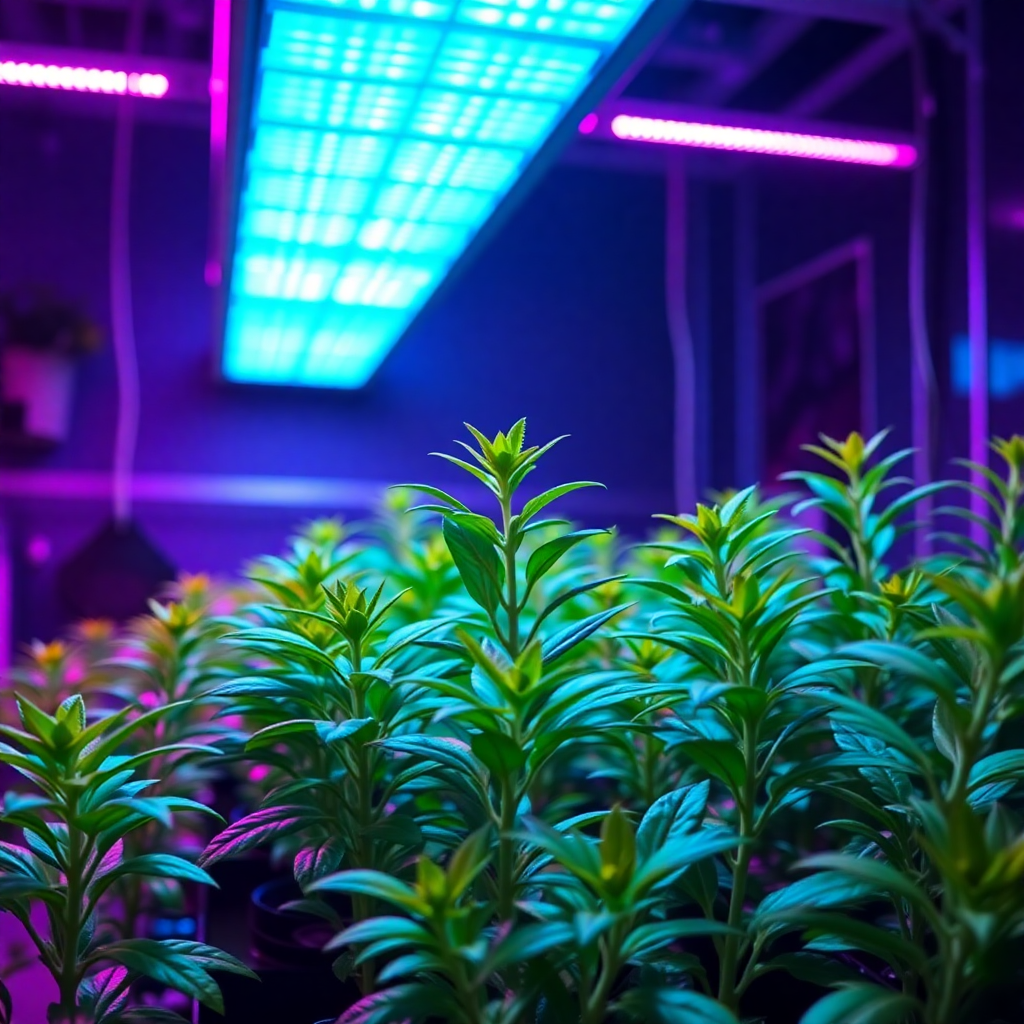Why Do Ecosystems Really Change? Understanding Ecosystem Dynamics Ecosystems are not static—they are constantly evolving due to a variety of…
Read More

Why Do Ecosystems Really Change? Understanding Ecosystem Dynamics Ecosystems are not static—they are constantly evolving due to a variety of…
Read More
The Media’s Role in Shaping Our Perception of the Environment How Information Influences ActionThe environment is not just the natural…
Read More
What Happens to Litter or Rubbish? The Hidden Journey of Street TrashLittering might seem like a fleeting act—dropping a wrapper…
Read More
Housing And Solar Panels The Future of HousingAustralia is one of the sunniest countries in the world, making it an…
Read More
Climate Change Denial Why Do People Reject Global Warming and Does It Matter?Despite overwhelming scientific evidence, climate change denial remains…
Read More
Restoring Nature Can Rebuilding Environments Bring Wildlife Back?As human activity continues to alter landscapes, many species have lost their natural…
Read More
Caring for the Planet Is It Enough to Save the Environment?Every day, the Earth faces mounting environmental challenges—from rising temperatures…
Read More
Spectacular Sharks That Can Survive In Rivers An Unexpected Ecological Shift and Its Future Impact Sharks Beyond the Ocean Adapting…
Read More
Growing Strong Plants Under UV Lights Strange Innovation Harnessing UV Lights for Optimal Plant Growth Ultraviolet (UV) light, though invisible…
Read More
Understanding Regeneration in the Environment Is It Good or Bad? Our planet is a complex, living system that thrives on…
Read More